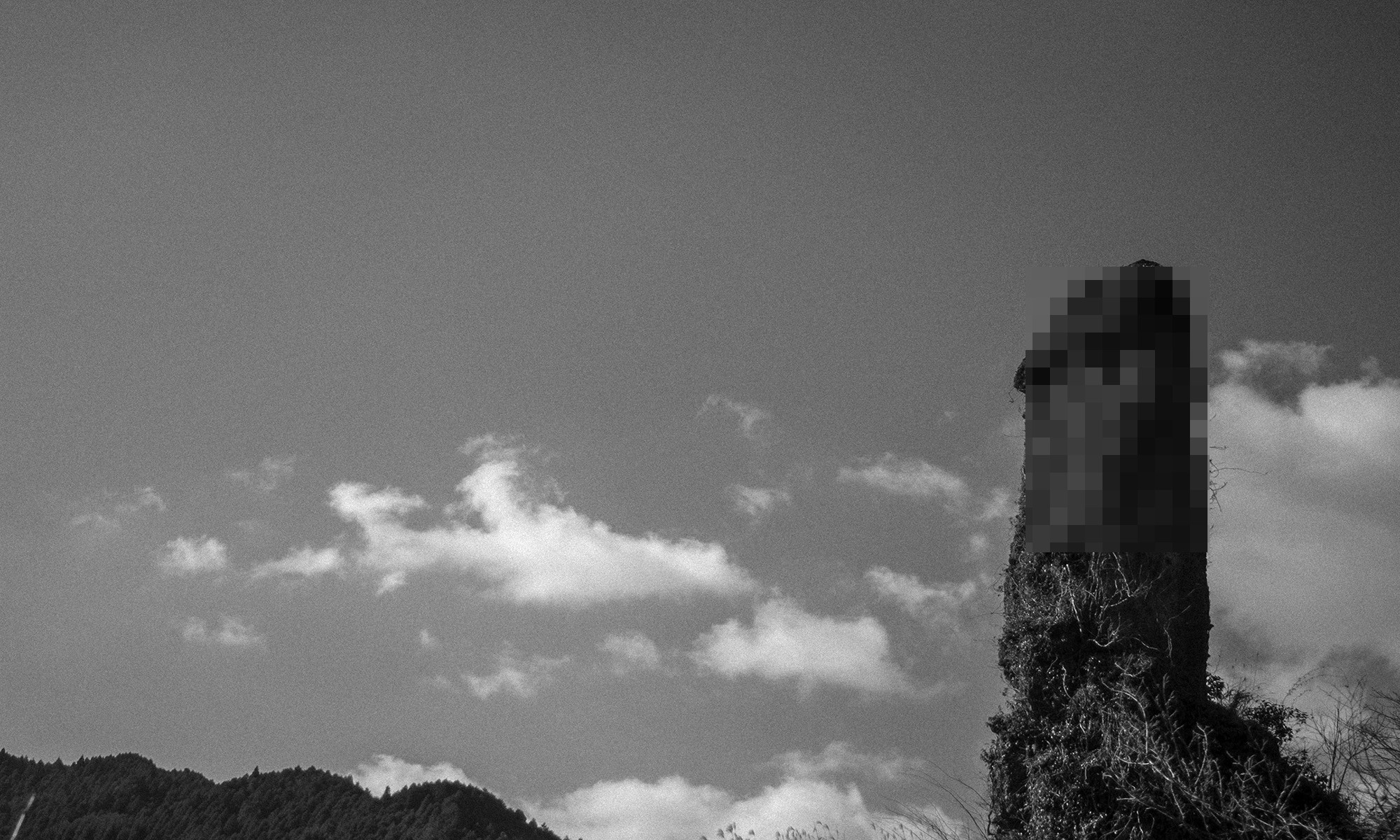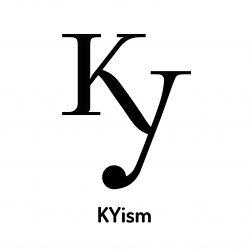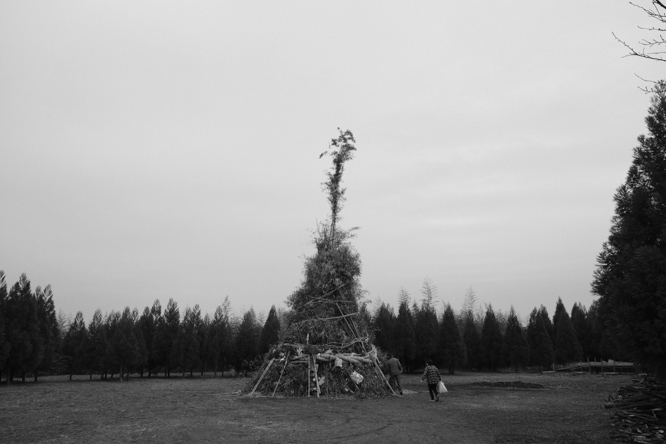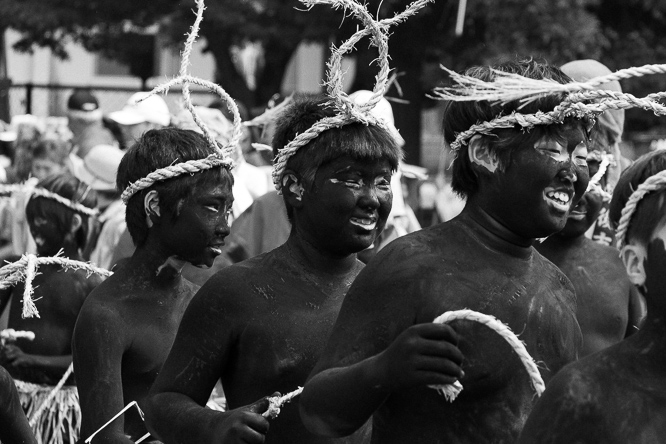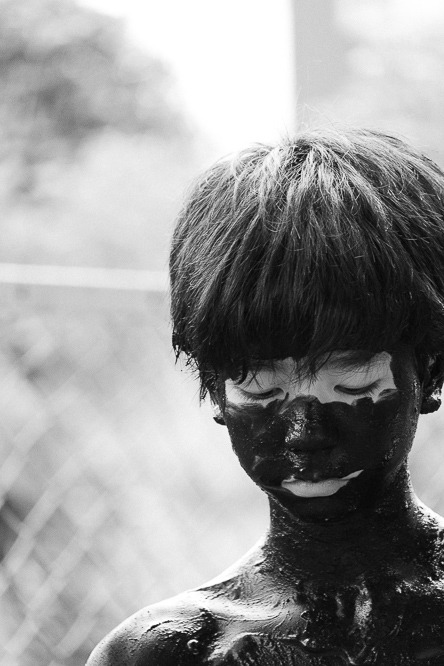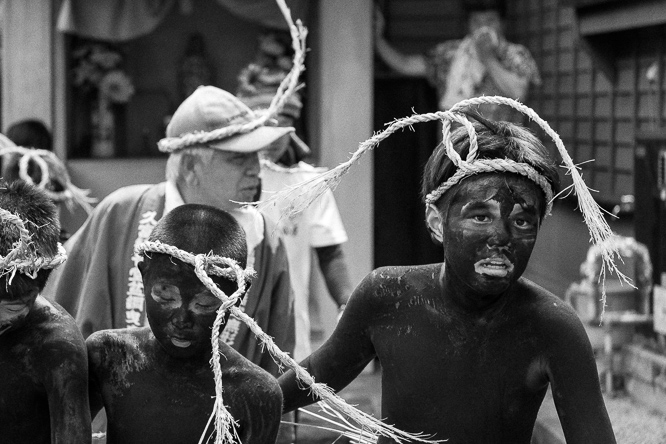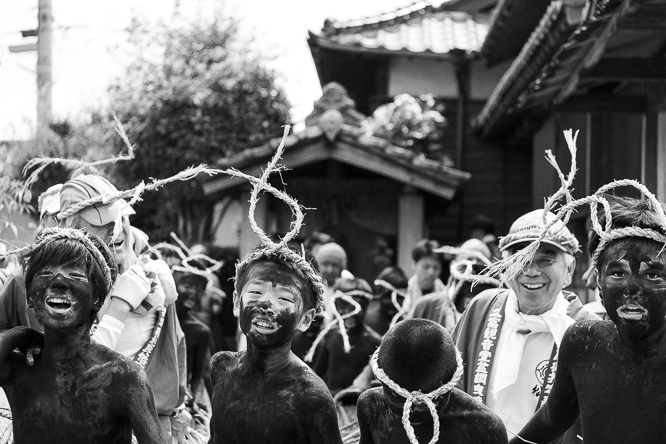日本には古くからさぎっちょと呼ばれるお祭りがある。
これは、小正月に行われる火祭りだ。
さぎっちょでは、竹や木で組まれたやぐらにその年に使用した正月飾りを入れ、火を入れる。
すると、櫓から煙が上る。
煙に乗って歳神は天に帰っていく。
私達は、この祭りを通して、お正月に迎えた歳神を見送るのだ。
さぎっちょは地域によって呼び名が異なる。
さぎっちょの別名は、左義長、どんど焼き、鬼火、ほうけんぎょう、さいと焼き、おんべ焼きなど様々だ。
実はこのさぎっちょの歴史、正確には判明していない。
平安時代の宮中行事が起源だという説もあるが、中国の元宵節が起源だという説もある。
さぎっちょに関する文献や論文も極端に少ないことから、一般人がさぎっちょに関して正確な情報を手に入れるのは不可能だと思われる。
さぎっちょを行うと大量の灰が降り注ぐため、さぎっちょを禁止する町が増えてきている。
私達がさぎっちょの歴史を深く知る前に、さぎっちょは絶滅してしまいそうだ。
Saggicho is an traditional ceremony, on Jan. 15. It is a large scale bonfire.A tower is built with a wodd and bamboo, and New Year’s decorations are placed inside. As the fire is lit, the some rises hige into the sky, and the god returns to heaven.
This ceremony is to send the god home, who have visited us on the New Year’s holiday.There are several variationsfor it’s name. Depending on the region, sometimes it is called Saggicho, Sagicyo,Dondo-yaki, Onibi, Hohkengyo, Saito-yaki, or Onbe-yaki.
There are no clear background as to when and how it started. One theory is that it originated from the event held at an Imperial court in Heian era. Another is that it has an origin in a Chinese Lantern Festival. It will remain a mystery, yet history continues on.
But due to the large amount oh ash falling upon the residencial area, many cities are starting to prohibit the event itself. There is a great possibility that we may soon loose a such an event, before we truly understand it.
Japan has the old ceremony that is called Sagiccyo. It is the fire ceremony to be held on 15th of January. By the Sagiccyo, the people put New year’s decorations in the tower which was made with bamboo or wood and set fire. And smoke is rising from the tower.
Toshigami return to the sky on the smoke. We give a god that I met for New Year Holidays send off through this ceremony. The Sagiccyo varies in a name by an area. Other names of the Sagiccyo are Sagicyo, Dondoyaki, Onibi, Hougenkyo, Saitoyaki, Onbeyaki, and so on.
In fact, the history of the Sagiccyo does not become clear exactly. The opinion to be the Imperial Court event of the Heian era has the origin of the festival, but there is the opinion to be the Feast of Lanterns clause of China. Because there are extremely few documents and articles about this ceremony, I think that it is impossible that people get correct information about the Sagiccyo.
Because a large quantity of ash pours when this ceremony is held, towns prohibiting this it increase. The Sagiccyo seems to become extinct before we know the history of it deeply.
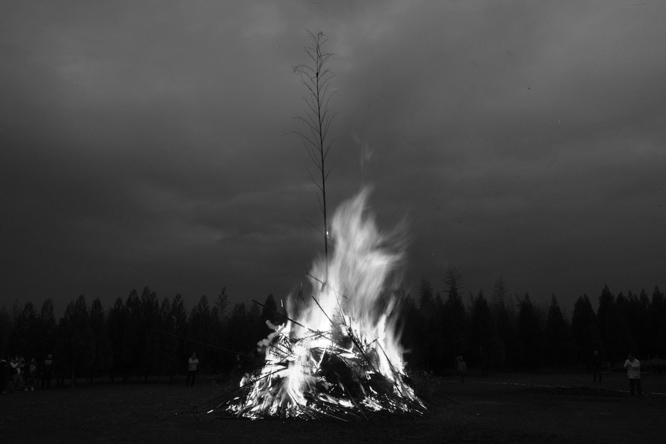
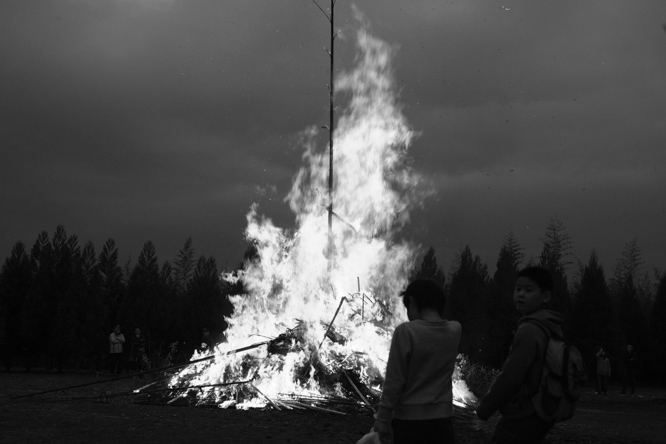
K.Takeshita
